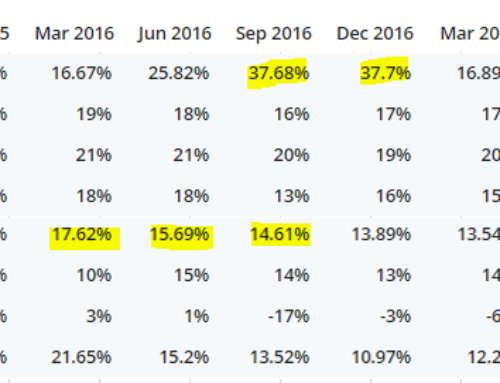India is currently the world’s second-largest telecommunications market with a subscriber base of 1.05 billion and has registered strong growth in the past decade and a half. The Indian mobile economy is overgrowing and will contribute substantially to India’s Gross Domestic Product (GDP), according to a report prepared by GSM Association (GSMA) in collaboration with the Boston Consulting Group (BCG). The country is the fourth largest app economy in the world.
The liberal and reformist policies of the Government of India have been instrumental along with strong consumer demand in the rapid growth in the Indian telecom sector. The government has enabled easy market access to telecom equipment and a fair and proactive regulatory framework that has ensured the availability of telecom services to consumers at affordable prices. In addition, the deregulation of Foreign Direct Investment (FDI) norms has made the sector one of the fastest growing and a top-five employment opportunity generator in the country. The industry has attracted FDI worth US$ 30.03 billion from April 2000 to September 2017, according to the data released by the Department of Industrial Policy and Promotion (DIPP).
According to Randstad India estimates, the Indian telecom sector is expected to generate four million direct and indirect jobs over the next five years. ( Most probably indirect) The competition among telecom operators, Mergers, and Acquisitions makes the sector challenging to generate direct employment. Payment banks and Tower businesses may change the fate of the industry). Employment opportunities are expected to be created due to the government’s efforts to increase penetration in rural areas and the rapid increase in smartphone sales and rising internet usage.
Data usage on Indian telecom operators’ networks (excluding Reliance Jio) doubled in six months to 359 petabytes or 3.7 million gigabytes per month as 4G data usage share increased to 34 percent by the end of June 2017$. The Government of India is working to connect the rural and remote regions in the country and has decided on a new affordable tariff structure with the principle that the more you use, the less you pay. The changes will soon be reflected in tariff changes by service providers in the country.
Right now, telecom Maret is in a very distressing situation. The debt level of the Remaining two Private Sector Players is high. The telecom sector needs to continue capital expenditure. As 5G is at the doorstep, Capital expenditure is expected to increase. With the current Rights issue of Airtel, Airtel can easily Fund its growth. The Government of India declared many New policies which helped Vodafone Idea, but the Subscriber’s loss stopped, and Company gained its lost ground. The recent outage of Jio shows us the importance of three players Market.
But the big picture of telecom is going to change forever. Starlink, a Company, owned by Elon musk, is ready to disrupt the telecom market with its advanced technology. As we are transitioning from 4G to 5G, the number of towers needed will be increased to a level where it is impossible to keep them on earth. 5Gwill be the start of Satellite communication. Companies like Amazon, One Web, and SpaceX are coming up with it; We can see many satellite launches soon.



